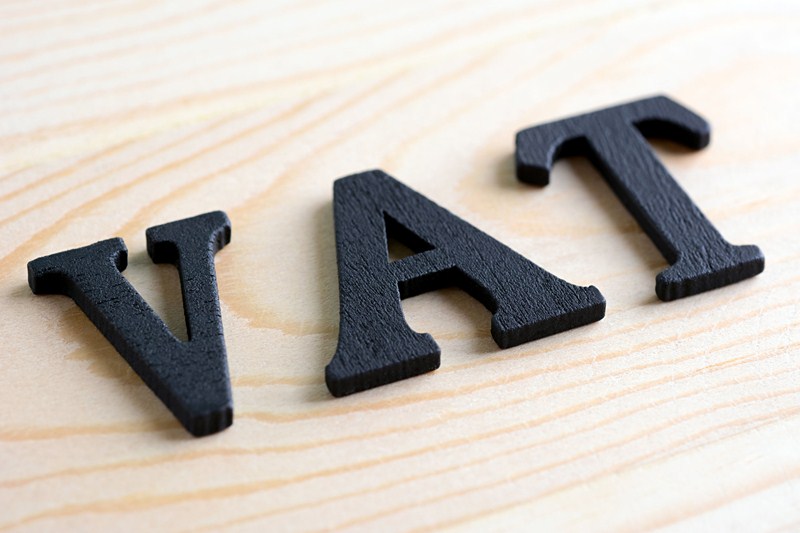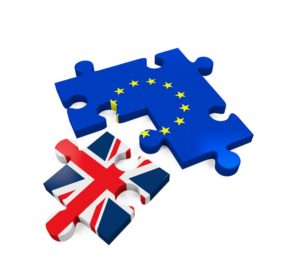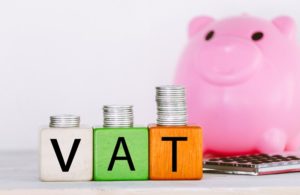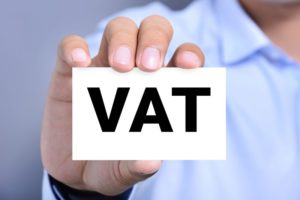The artificial separation of businesses is where two or more businesses are split, and each 'separate' entity operates below the VAT registration threshold (currently £85,000). This is known as disaggregation. HMRC has legal powers to direct that businesses that have been artificially separated to avoid VAT be treated as a single entity for VAT purposes.
The underlying legislation requires HMRC to consider the extent to which businesses are 'closely bound to one another by financial, economic and organisational links' when determining it there has been an artificial separation of businesses for the purposes of VAT avoidance. HMRC must be able to prove that businesses are linked by all three criteria as set-out in the legislation. If this is done, then the businesses will need to be treated as one entity for VAT (subject to the usual appeals process).
Businesses that have deliberately avoided VAT registration may be liable to penalties and prosecution following a direction by HMRC to aggregate their businesses. This measure can also have retrospective effect dating as far back as 20 years. This can result in significant amounts of additional VAT and penalties being chargeable.
Taxpayers that are seeking to avoid VAT registration are likely to be caught by HMRC’s rules. However, as many Tribunal cases on this issue have demonstrated it is possible for businesses to be separate even if they appear closely related at first glance.







